- S.D. Eibar ready for maiden La Liga outing
- SD Eibar stengthen ahead of debut La Liga season
- Can ‘Super Mario’ live up to expectations in Madrid?
- MAN IN THE GROUND – Brentford 0 – 4 Osasuna
- Historic Basque derby welcomes S.D. Eibar to La Liga
- Munich to Madrid, via Brazil – Tony Kroos
- Rakitic in Spanish Switch
- Can Spain find redemption in Rio?
- Viva Espana! A season of redemption for Spanish football
- From the old to the new: who can fill the void in years to come for La Roja?
An Outsider Looking In: Playing Styles in Spanish and English Football
- Updated: 13 April, 2012
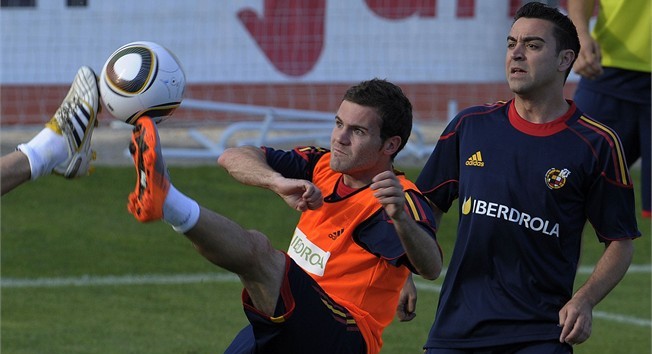
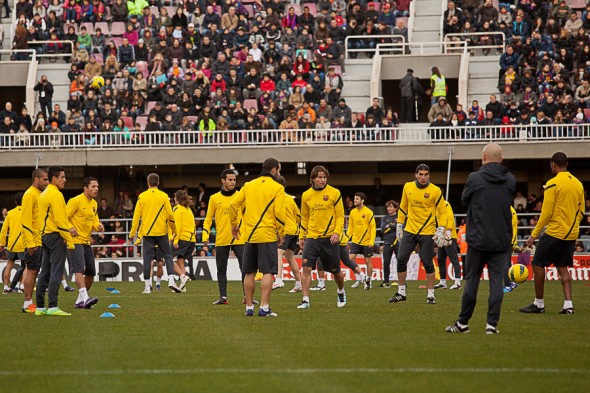 AFP IMAGES
AFP IMAGES
With the likes of Jonathan Wilson showing the world how the pyramid was inverted, and Andy Gray explaining where someone has just ran from by using his ‘magic pen’ (even though we have just seen the replay), playing styles, tactics, and patterns of play are talked about as much as anything in today’s football conversations.
Everyone and his dog seems to know the key tactical change necessary to turn their team from the depths of despair to champions. The stereotypical football in the pub conversation has been fed technical terms to add depth to arguments. Punters question a player’s ‘off the ball movement’, for example, as highlighted by whatever pundit happens to be covering the game.
In other words, there are millions of people in all forms of media that rigorously analyse matches. More often than not, reading one analysis against another can lead you to think that the two analysts were reading totally different games.
However, implementing playing styles, tactics and patterns of play in practice rather than principal is extremely difficult. The playing style of a club is a very different idea to that of a playing style of a team. A club having a certain philosophy which coaches adhere to and understand, so that all teams playing for this club play in a similar way, is different to that of a coach within a certain club deciding on a certain style of play that can change.
The key example is how FC Barcelona plays, and this isn’t a style that is going to change. In fact it will rather be enhanced by the likes of Pep Guardiola, as seen last night with him choosing to play three defenders and four strikers!
Guardiola is constantly reinventing the team and trying to make them unpredictable in all areas, but there are fixed key principals in the way they should play, and any coach taking over from Guardiola knows that the fans of Barcelona expect them to play that way. How many teams in England on the other hand have a specific philosophy that cannot be easily altered by the merry go round of managers?
For many years now 4-4-2 has been seen as the formation for English coaches as they go in search of a perfectly balanced team. However, many could argue that this formation is dying. Carlos Alberto Perreira seems to have been proved right in suggesting in 2005 that there could come a time where teams play with no orthodox forwards at all in a sort of 4-6-0 shape.
The idea of packing the midfield or at least packing the team with midfielders seems to be the new way of thinking. However, English national coaches are still choosing to use the archaic 4-4-2 with no invention or variation as they fail to notice it is no longer used in the English Premier League! There are few coaches in the Professional game in England or Spain who use 4-4-2 in its standard form, and teams are more likely to vary from 4-4-1-1 to 1-3-1-1-2-1-1-1!
Coaches are now opting for less space between the lines, and the ‘ way the 4-4-2 formation is simplified on television is no longer true of the way professional coaches are explaining it to the players. The inherent problem with the 4-4-2 is that it doesn’t promote creativity as much as a more open and creative 4-3-3 which Spain uses so often.
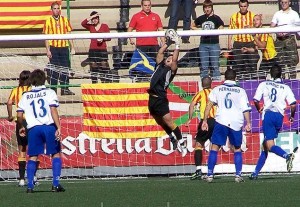 Like England with the 4-4-2 formation, Jordi Vella, CE Europa Youth Football Co-ordinator, explains that all of Spain uses the 4-3-3 formation as they believe it is the most successful. They believe it makes the team extremely dynamic and hard to play against, and promotes players playing in between the lines and creating varied passing lines as their focus is on possession. On the other hand, playing styles are not just your formation.
Like England with the 4-4-2 formation, Jordi Vella, CE Europa Youth Football Co-ordinator, explains that all of Spain uses the 4-3-3 formation as they believe it is the most successful. They believe it makes the team extremely dynamic and hard to play against, and promotes players playing in between the lines and creating varied passing lines as their focus is on possession. On the other hand, playing styles are not just your formation.
At 1st team level, Europa know that the game is becoming faster, and that passing is extremely important as it is inevitable that the ball will move quicker than the players themselves.
This is not the same in their development of youth players, as CE Europa proclaims they create games for players that promote intelligence and creativity rather than speed. This will be described in more detail in a later piece. The teams I saw play trained in a way that I expected but it was a lot more natural and interesting than I first imagined. Players were playing ‘Rondos’ (Piggy in the middle) before the coach had came onto the pitch, which made me believe that this way of playing , with passing the focus is so embedded in the minds of their kids that it has became innate and a cultural way rather than a football idea.
Players were not asked to do this but did because they enjoyed it. However, in England, players can be seen to be taking shots and playing the likes of ‘one bounce’,a game in which the ball is only allowed to touch the floor once before another player touches the ball. This may say something about our game in that we are always looking for the physical focus and fast, explosive strength in a powerful shot or one touch to outwit an opponent.
Conversely, Spanish players naturally practice passing in close, tight areas without even realising it. Such passing is bound to become more natural therefore. Another observation is that the circle that ‘Piggy in the middle’ was played never grew larger than 10 yards in diameter. I have seen this played many times in England in an unstructured manner, and as the game has become more challenging, the circle has widened and the game has become easier rather than challenging the players.
Follow @icentrocampista
3 Comments
You must be logged in to post a comment Login

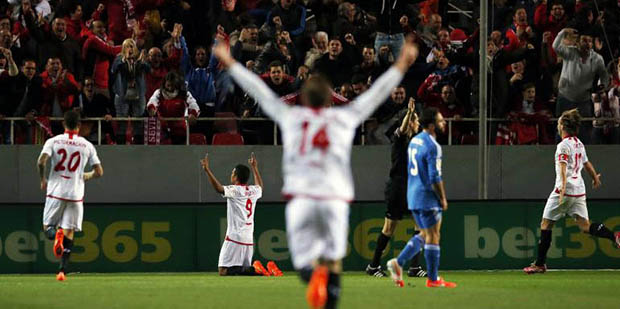
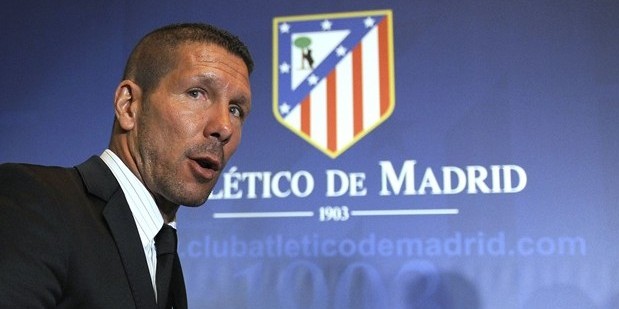
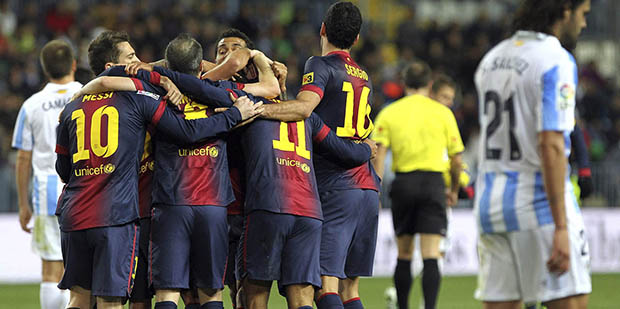


Pingback: An Outsider Looking In: Playing Styles in Spanish and English Football – El Centrocampista